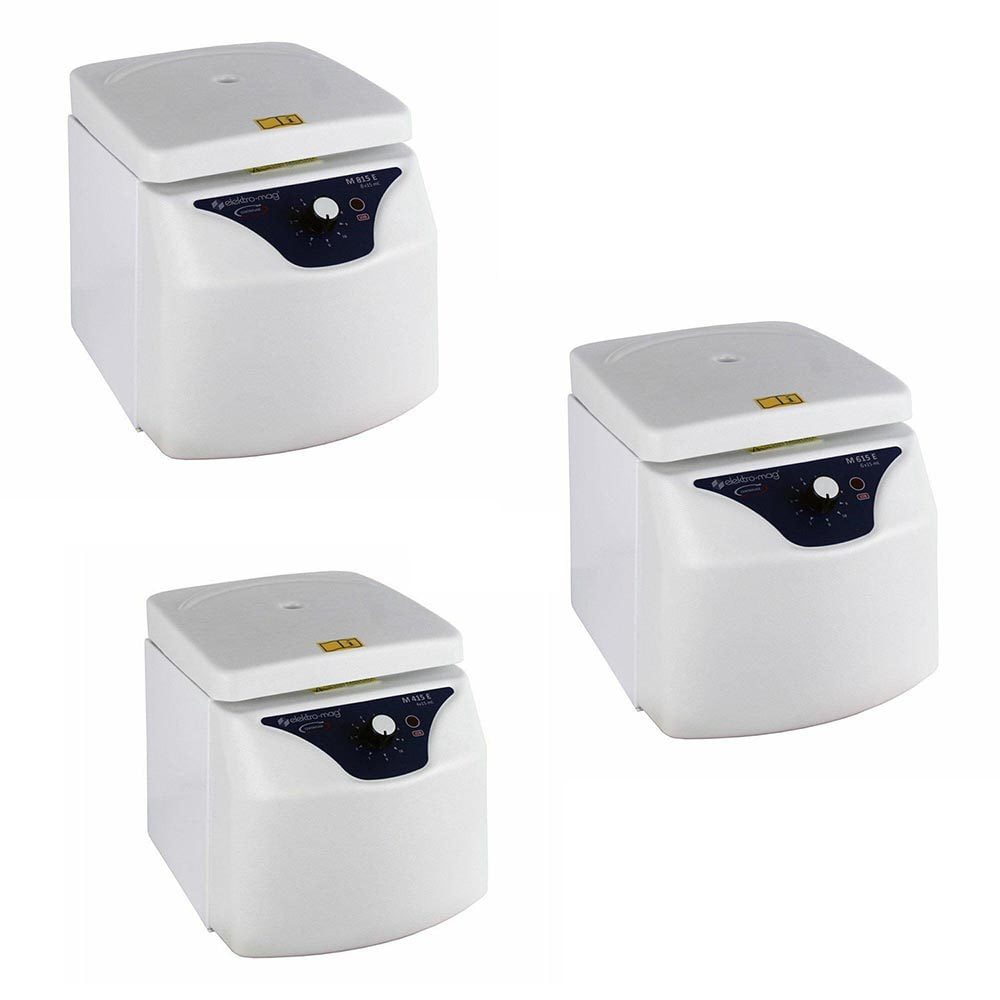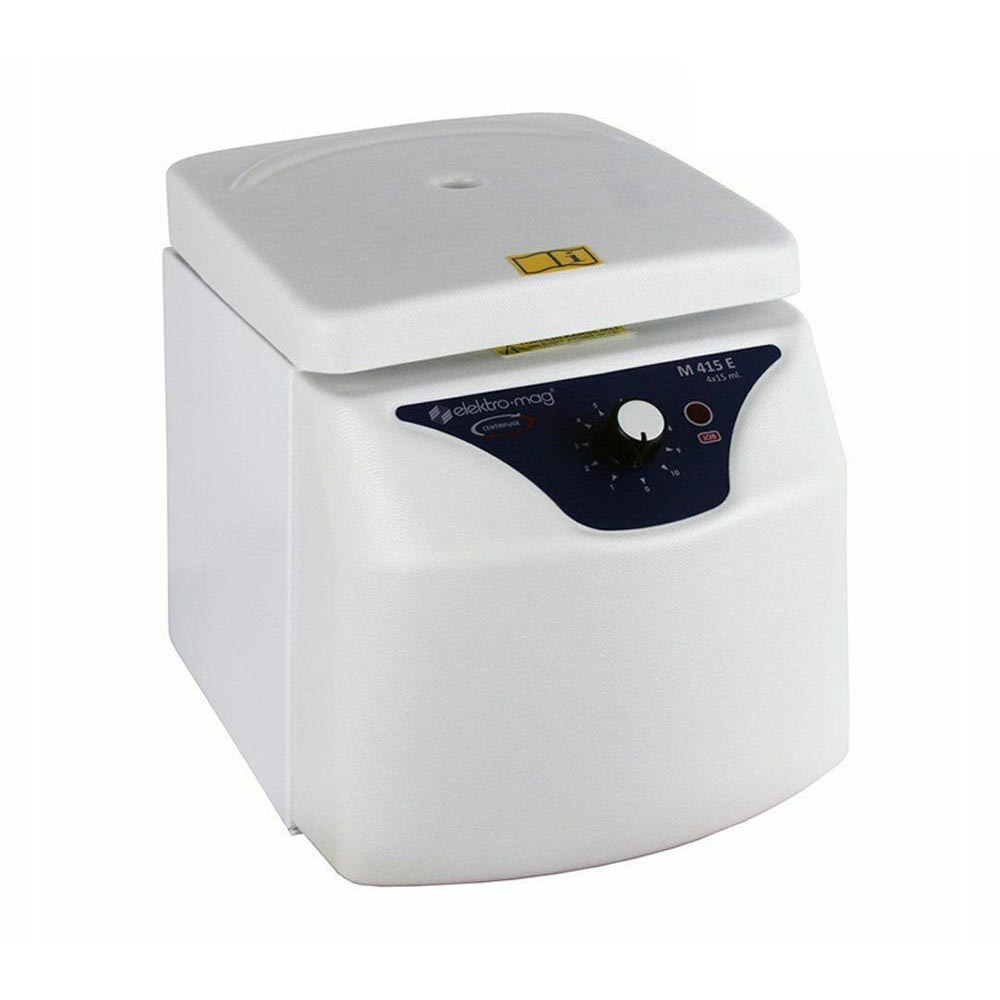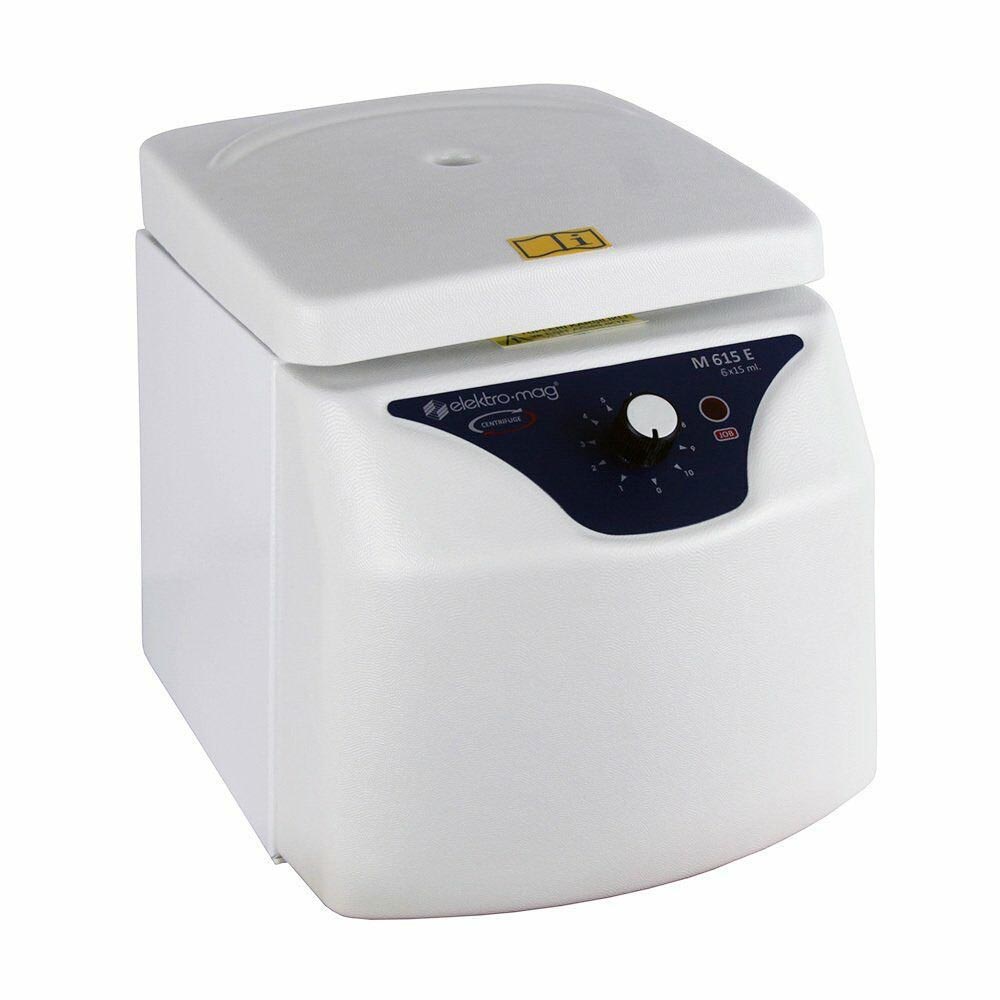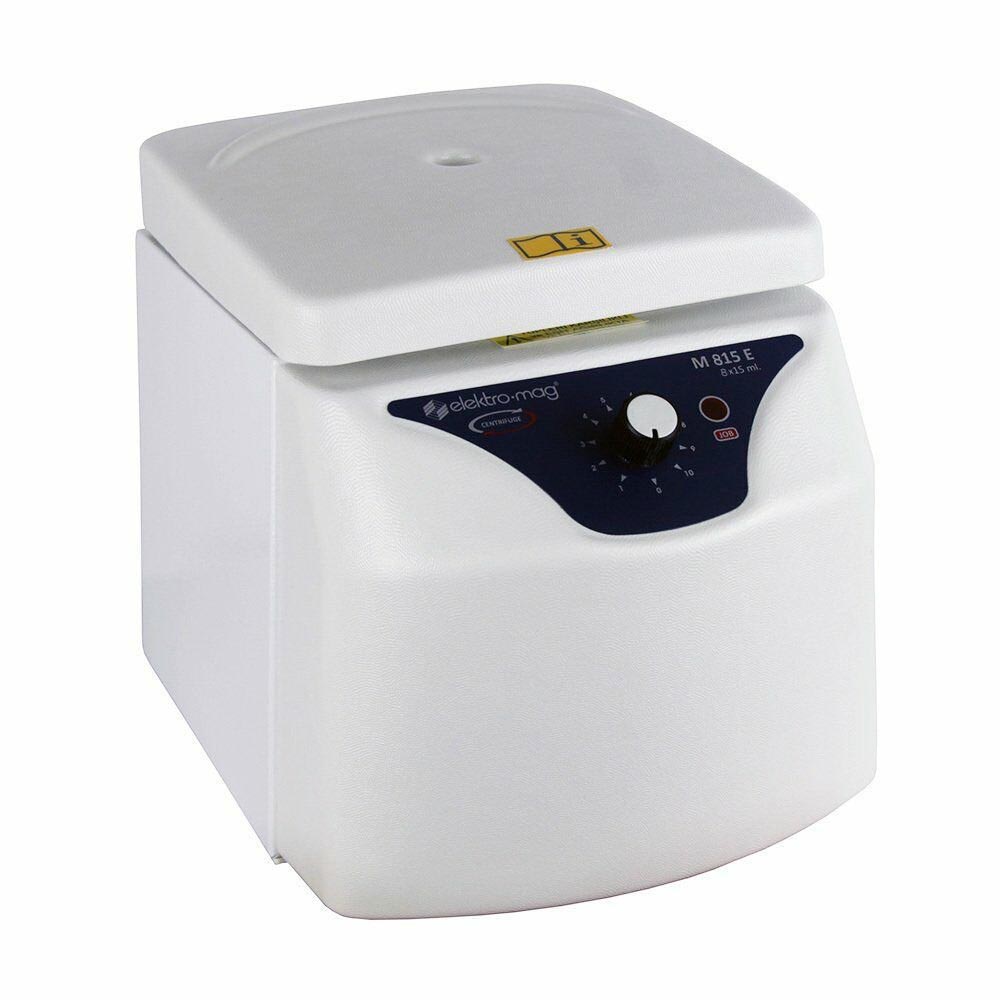A laboratory centrifuge is used to separate particles from a solution. The working principle depends on the applied centrifugal force, which is driven by a rotor and pushes the denser particles outward. By this effect, denser parts of the solution, most of the time denser particles, are collected at the top of the solution in the centrifugal tubes. As a result, denser particles and lighter parts of the solution are separated. The effectiveness of the separation is based on the size,shape, density of the particles, and viscosity of the solution. At the same time, the type of laboratory centrifuge determines the separation process. Type, diameter, and speed of the rotor are the main factors of the laboratory centrifuge in the separation process.
Analog Centrifuge Features
- Rotor Type: Vertical 35° fixed
- Speed Control: Stepless electronic
- Max. Speed: 5000 rpm
- Max. RCF: 2515 x g
- Fuse: 1 Amp.
- Power Rating: 100 W
- Safety Measure: Lid safety switch
- Rotor Material: Polycarbonate
- Tube Socket (Godet) Material: ABS (rigid plastic)
- Casing Material: Sheet steel finished in stoved enamel paint + ABS
- Power Supply: AC 190-240V / 50-60 Hz
- Overall Dimensions: 22x28x24 cm
- Net Weight: 5.5 kg
- Gross Weight: 6 kg


















































































